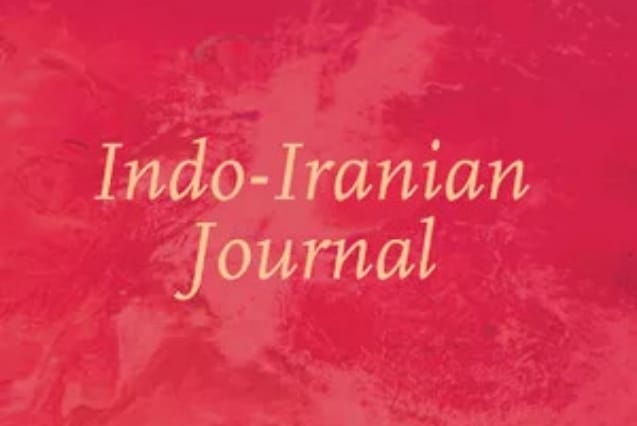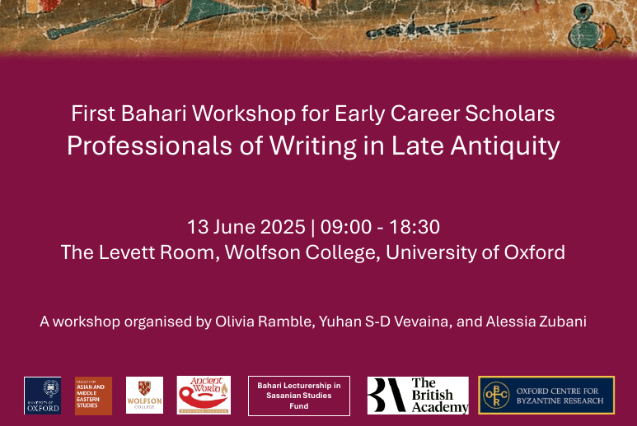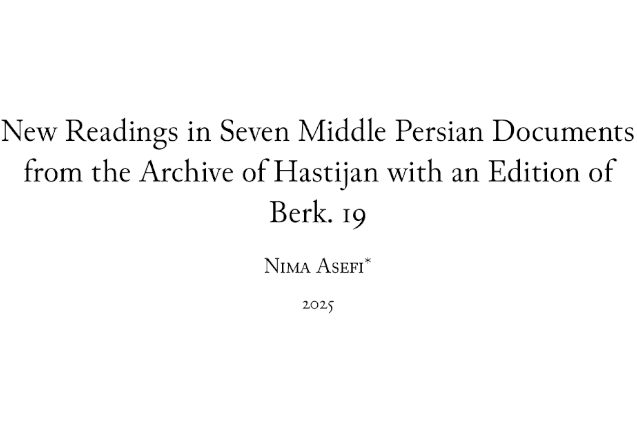Indo-Iranian Journal volume 68, issue 2 (June 2025) has been published (h/t @yaleclassicslib.bsky.social). Two articles and two reviews relate to our work:
- Fattori, Marco. 2025. The foundations of Khotanese verse: Principles of theory and method. Indo-Iranian Journal. Brill 68(2). 99–143.
- Qaemmaqami, Seyed Ahmadreza. 2025. A note on Vidēvdād 18,18–22. Indo-Iranian Journal. Brill 68(2). 144–151.
- Palladino, Martina. 2025. An introduction to Young Avestan: A manual for teaching and learning, by Alberto Cantera / Céline Redard. Indo-Iranian Journal. Brill 68(2). 164–168.
- Yoshida, Yutaka. 2025. Bactrian documents IV: Documents from South of the Hindukush, I, by Nicholas Sims-Williams, with contributions by Frantz Grenet. Indo-Iranian Journal. Brill 68(2). 169–179.






